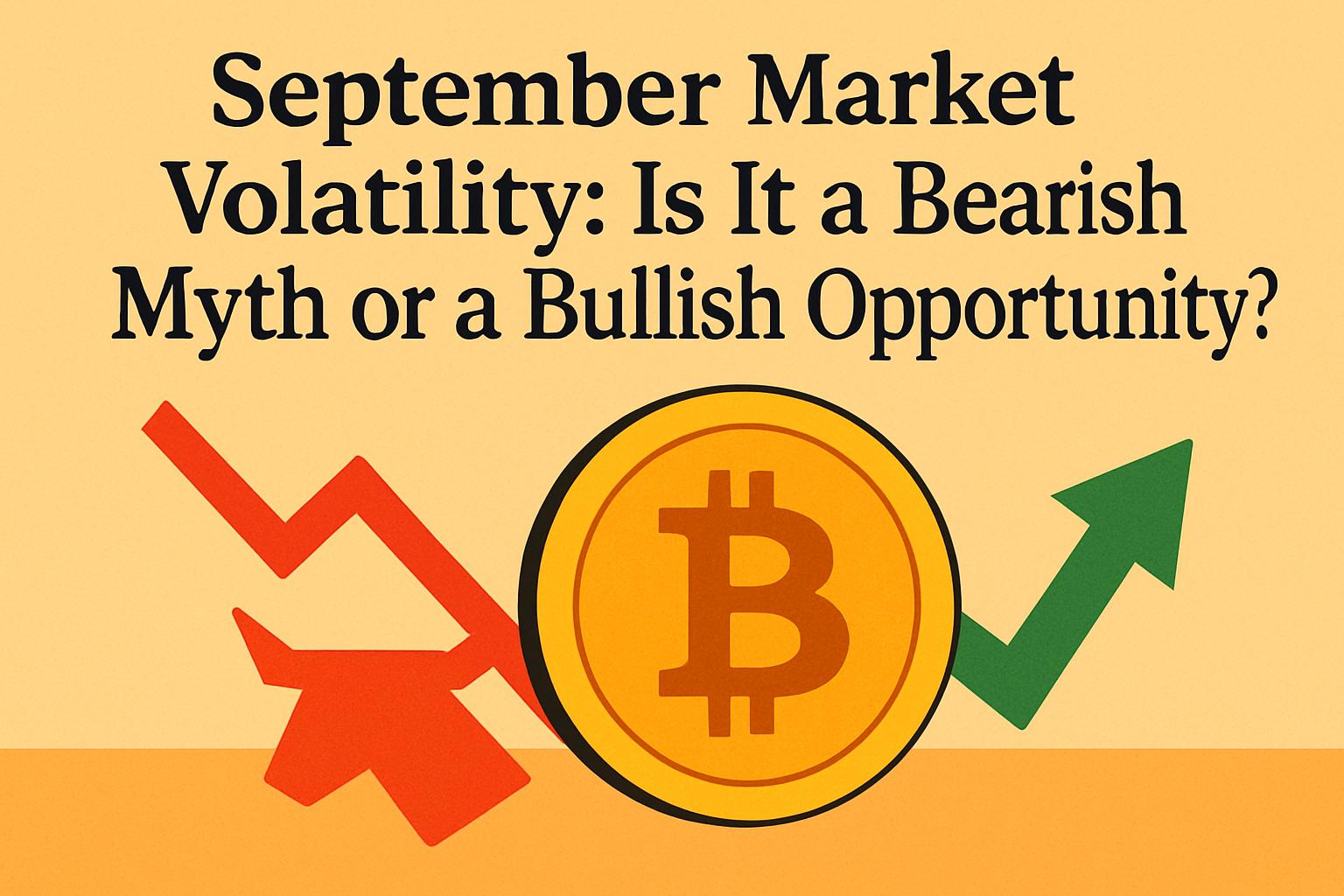As the aroma of barbecues fills the air and families gear up for the Labor Day weekend, investors in the United States face a classic end-of-summer conundrum: Lock in profits now or brace themselves for the market’s September swings? Historically known for volatility, September prompts speculation every year about whether it’s truly a ‘bear month’ or if it’s simply misunderstood.
Shifting Economic Signals and the Fed’s Next Moves
The recent behavior in the U.S. stock market reflects a mix of anticipation and caution. After a strong month where the S&P 500, Nasdaq, and Dow Jones all posted gains, investors have chosen to cash in on profits amidst looming uncertainties.
The latest release of the Core Personal Consumption Expenditures (PCE) Index—an essential marker for inflationary trends—saw an increase to 2.9% year-over-year in July. Although this matched predictions, it was a sign of increased inflationary pressures since February. Analysts, such as those from Morgan Stanley Wealth Management, suggest that while the Federal Reserve has indicated possible rate cuts, the actual outcome hinges heavily on labor market conditions. With the employment data in focus, speculation about a potential September rate cut remains robust.
AI Competition and Market Reactions
Adding to market complexities is the tech sector’s mixed performance. Nvidia, despite reaffirming its leadership in AI with a 56% revenue surge, saw its shares dip by 2%. The drop is partially attributed to competitive pressures from Chinese giants like Alibaba, who are developing advanced AI chips, partially filling the void left by U.S. export limitations.
In contrast, Alibaba’s U.S.-listed stocks surged over 2%, underscoring the market’s acknowledgment of its strategic advancements.
Sector Divergence and Tariff Concerns
Beyond AI, tech’s volatility was epitomized by Dell Technologies’ 10% fall, driven by a cautious outlook for the upcoming quarter. Meanwhile, Caterpillar also slipped 3% due to anticipated tariff-induced cost issues, spotlighting ongoing international trade tensions impacting U.S. manufacturers.
Looking Ahead: Market’s Seasonal Patterns
The anticipation of September looms large. Historically the most volatile month for markets, data since 1950 shows an average decrease of 0.7% for the S&P 500 during September. Yet, past averages shouldn’t cloud potential opportunities.
Opportunities Amid Challenges: Analyst Optimism
Despite September’s reputation, not all financial strategists foresee gloom. Chris Zaccarelli of Northlight Asset Management posits that the month might just present buying opportunities. If the Federal Reserve adjusts rates without stumbling the economic recovery, equity markets could see an upswing towards year-end.
Investors may do well to remember that while some market cycles are perennial, each year holds unique possibilities. As the market reshuffles and reacts to evolving economic signals, informed positioning could turn September’s traditional challenges into strategic gains.

![[News] Bitcoin at a Turning Point? 10x Research Signals a Bullish Macro Shift Ahead](https://cryptoexplores.com/wp-content/uploads/2025/06/new20250616.jpg)
![[News] Binance Lists $HOME, the Gas-Free, Bridge-Free All-in-One DeFi App](https://cryptoexplores.com/wp-content/uploads/2025/06/news20250617.jpg)